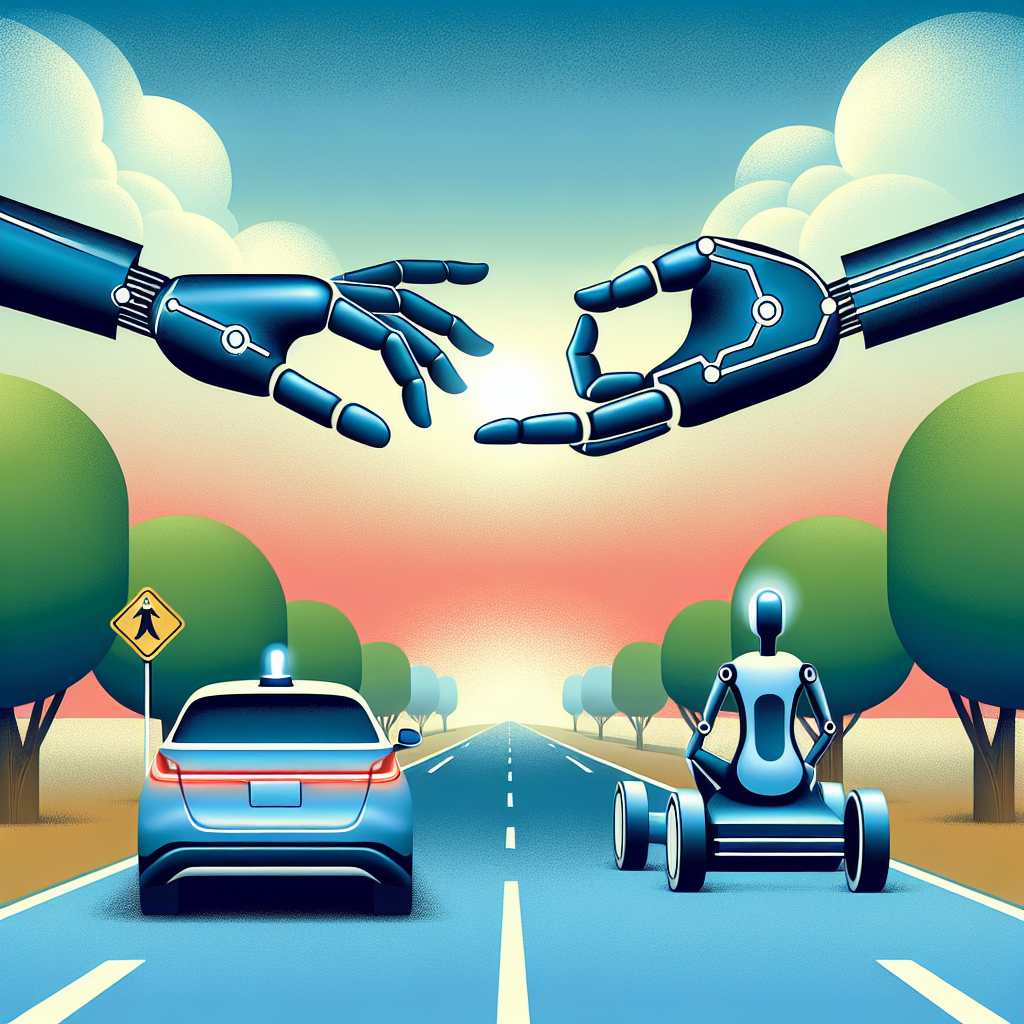In a shocking turn of events, Tesla has reached out to tech giant Apple for help in proving that the driver involved in a fatal Autopilot crash was distracted at the time of the incident. The crash, which took place in 2016, resulted in the death of the driver, who was using Tesla’s Autopilot feature at the time.
According to Tesla’s CEO, Elon Musk, the company believes that the driver was not paying attention to the road and was possibly distracted by a mobile phone or other electronic device. In an effort to gather evidence to support this theory, Tesla has enlisted the help of Apple, whose products are known for their advanced tracking and monitoring capabilities.
Apple has not yet publicly responded to Tesla’s request for assistance, but if they agree to help, it could potentially provide valuable insights into the driver’s behavior leading up to the crash. This information could be crucial in determining the cause of the accident and could have far-reaching implications for the future of autonomous driving technology.
The case has reignited the debate surrounding the safety of autonomous driving features, with critics pointing to this incident as evidence that such technology is not yet reliable enough to be used without human intervention. Proponents of autonomous driving, however, argue that incidents like this are rare and that overall, self-driving cars are much safer than human-driven vehicles.
Regardless of where one stands on the issue, it is clear that this case has raised important questions about the future of autonomous driving technology and how it should be regulated. As more and more companies race to bring self-driving cars to the market, it is essential that safety remains the top priority and that all possible measures are taken to prevent tragic incidents like this one from happening again.
In the meantime, the world will be watching closely to see how both Tesla and Apple handle this request for assistance and what new information may come to light as a result. Only time will tell what impact this case will have on the future of autonomous driving technology, but one thing is for certain: it has sparked a debate that shows no signs of slowing down.

